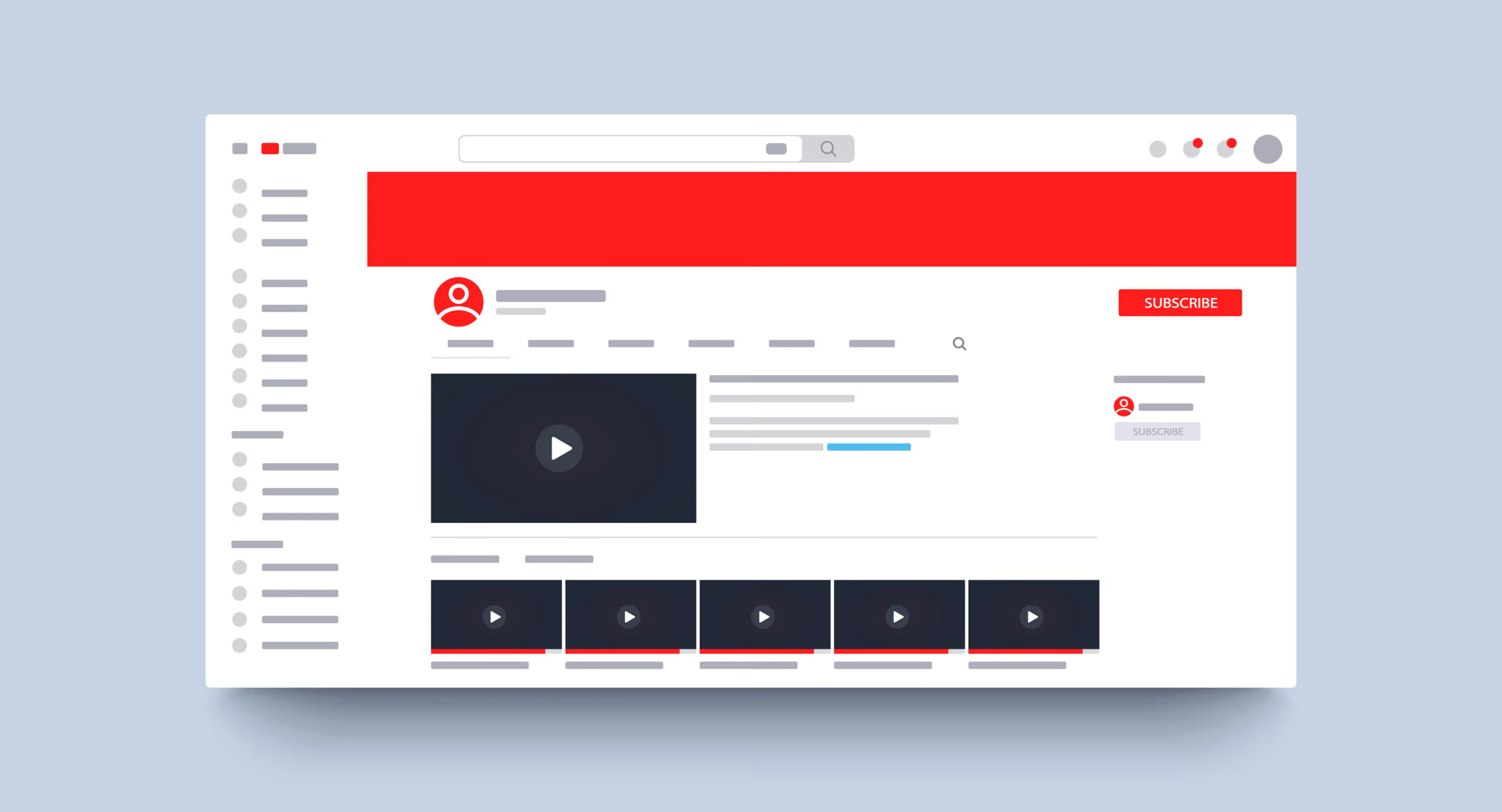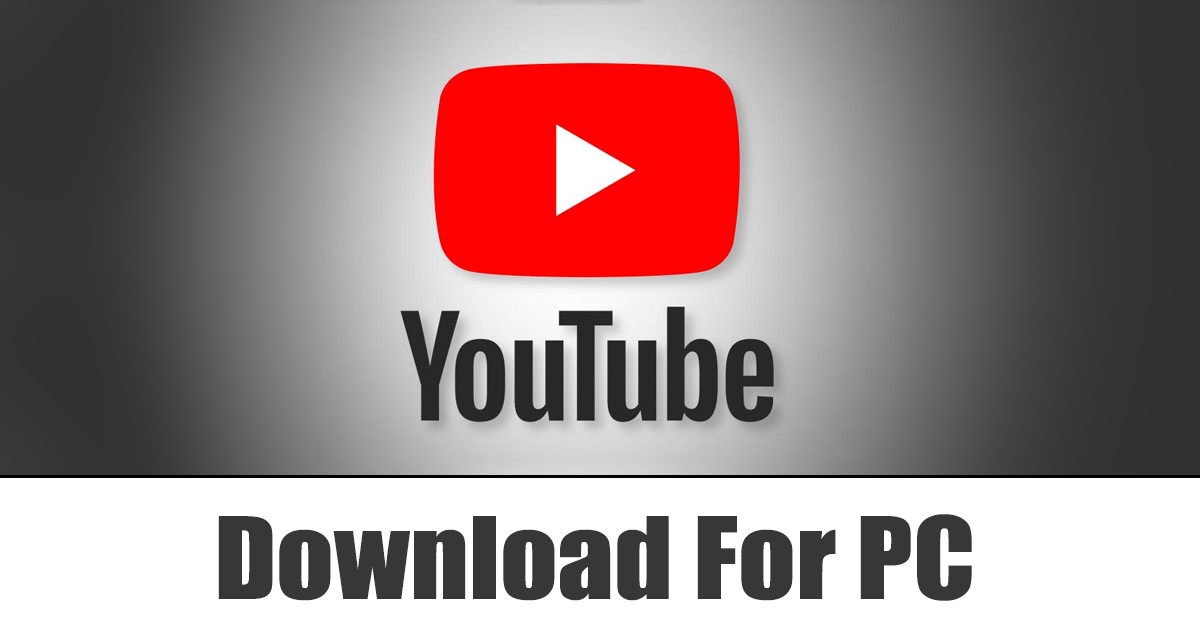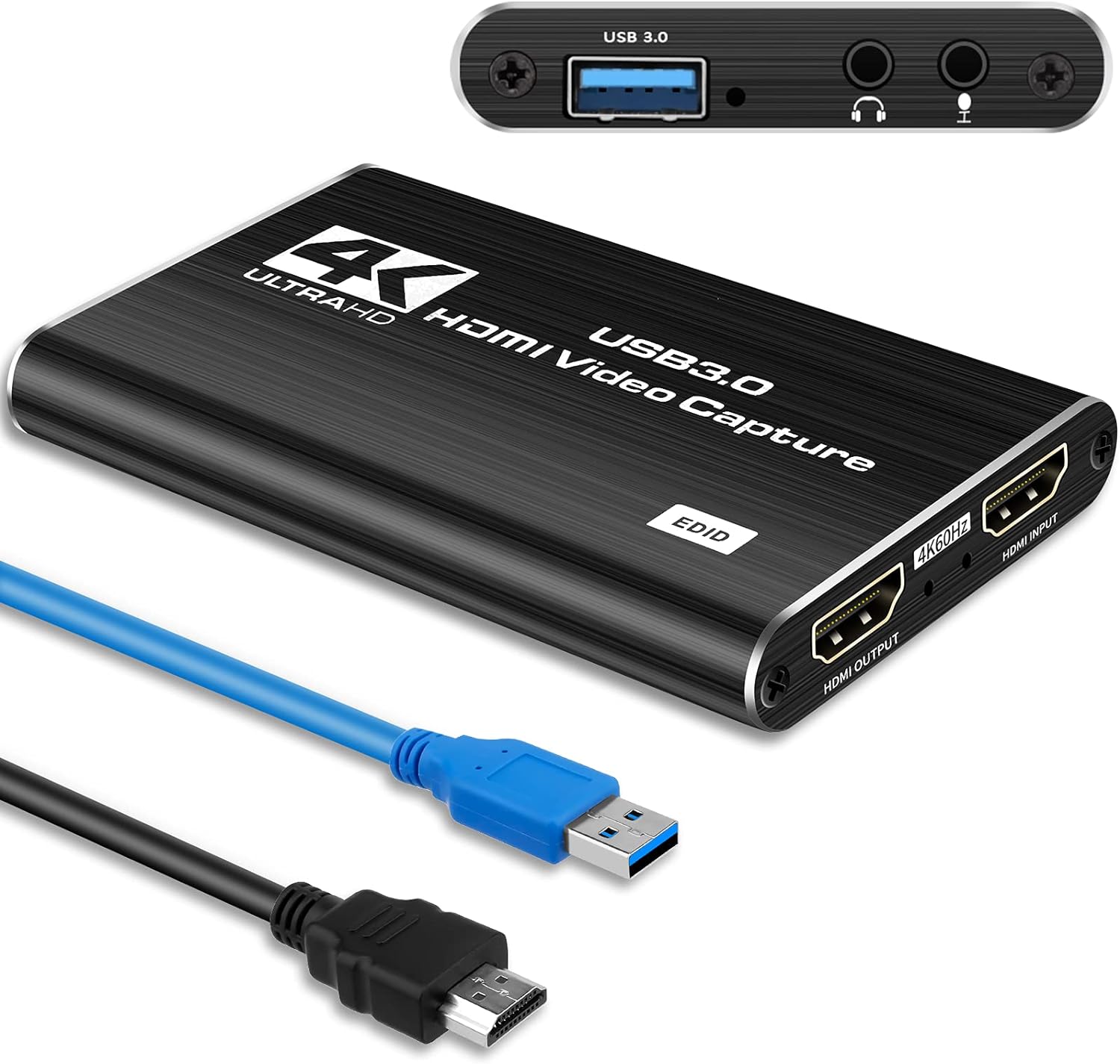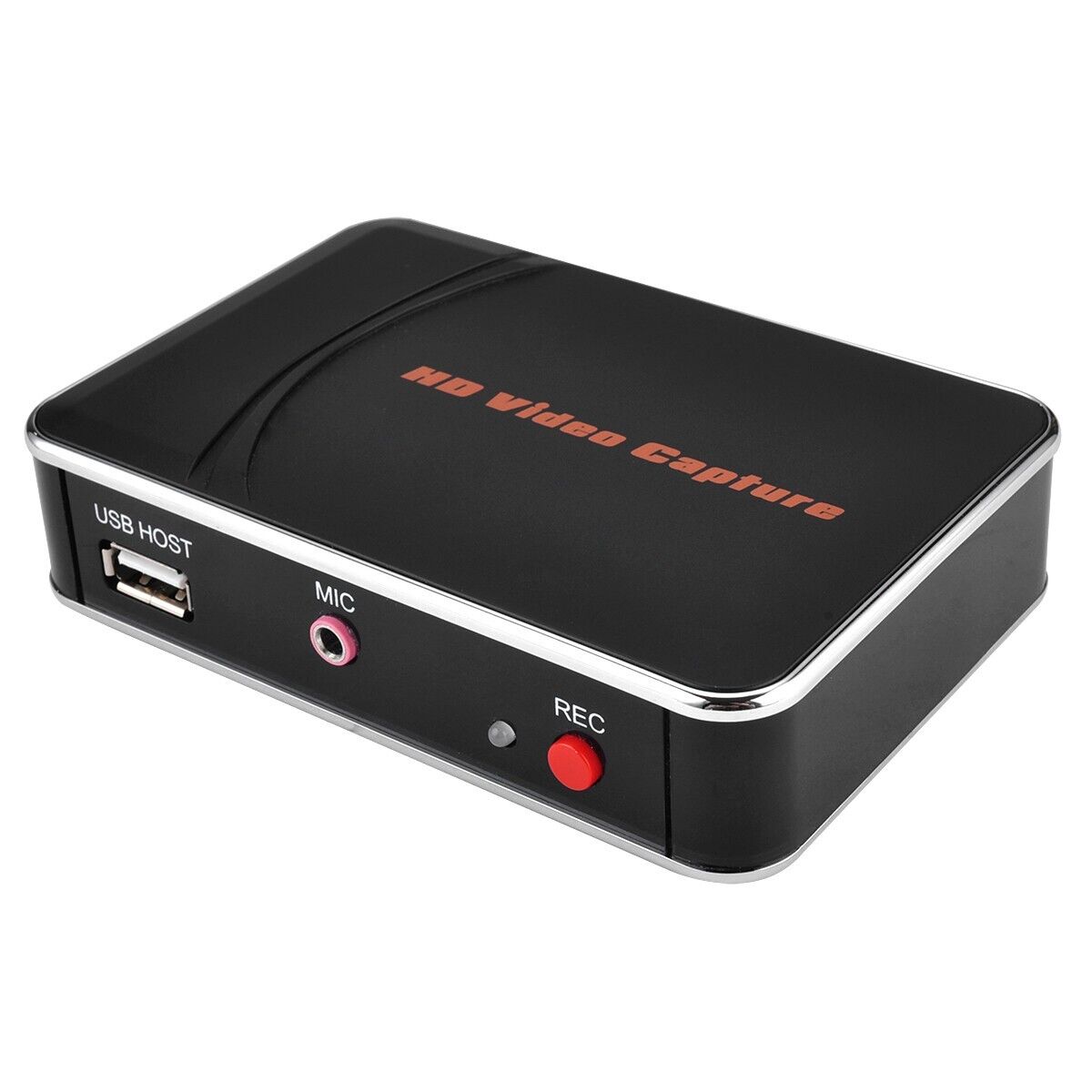Introduction
Creating YouTube Shorts has become an incredibly popular way to engage with audiences and increase your online presence. With their short and snappy format, YouTube Shorts allow content creators to showcase their creativity and grab the attention of viewers in just a matter of seconds. If you’re eager to jump on the YouTube Shorts bandwagon but don’t know where to start, you’ve come to the right place.
In this article, we’ll walk you through the process of making YouTube Shorts on your PC. We’ll cover everything from choosing video editing software to exporting your finished creation. Whether you’re a seasoned YouTuber or just starting out, we’ve got you covered.
With YouTube Shorts, you have the freedom to express yourself in a variety of ways. Whether you want to showcase your talent, share a quick tutorial, or simply entertain your audience, YouTube Shorts is the perfect platform to let your creativity shine. So, let’s dive in and learn how to create captivating YouTube Shorts videos!
Step 1: Choosing a Video Editing Software
Before you can start creating YouTube Shorts on your PC, you’ll need to select a reliable video editing software. There are various options available, each with its own set of features and capabilities.
If you’re a beginner or prefer user-friendly software, you might consider using online video editors like Kapwing or InVideo. These tools offer a simple interface and a range of editing features specifically designed for creating short videos.
For those who are more experienced or want advanced editing capabilities, professional software such as Adobe Premiere Pro or Final Cut Pro is recommended. These programs provide a comprehensive suite of editing tools and allow for more intricate video creations.
When choosing a video editing software, consider factors such as your skill level, budget, and the specific features you require. It’s also worth checking if the software is compatible with your PC’s operating system to ensure a smooth editing experience.
Once you’ve made your decision, download and install the software onto your PC. Take some time to familiarize yourself with its interface and features before moving on to the next steps. A bit of practice and exploration will help you make the most of your chosen video editing software.
Step 2: Importing Your Footage
Now that you have your video editing software set up and ready to go, it’s time to import your footage. The footage you’ll be using for your YouTube Shorts can include videos you’ve recorded yourself, stock footage, or any other relevant clips you’d like to incorporate.
Begin by launching your chosen video editing software and creating a new project. Look for the option to import media or footage, usually located near the top or in the File menu. Click on it, and a window will open, allowing you to browse your computer’s files.
Navigate to the folder where your footage is stored and select the clips you want to include in your YouTube Short. You can typically select multiple clips by holding down the Ctrl or Command key while clicking on them.
Once you have selected your footage, click on the Import button to bring the clips into your project. Depending on the size of the files and the speed of your computer, it may take a moment for the footage to be imported.
After the import process is complete, you’ll usually see the imported clips appear in the media library or a similar panel within your video editing software. Take a moment to review and organize your clips, as this will make it easier to locate and use them during the editing process.
Remember, the quality and visual appeal of your YouTube Shorts depend greatly on the footage you choose, so be sure to select high-resolution clips that convey your intended message effectively. Once you have imported your footage, you’re ready to move on to the next step: trimming and cutting your clips.
Step 3: Trimming and Cutting Your Clips
Now that you have your footage imported into your video editing software, it’s time to start trimming and cutting your clips to create the desired flow and timing for your YouTube Short.
First, select the clip you want to work with from your media library or timeline. Most video editing software allows you to drag and drop the clip onto the timeline, where you can begin editing.
To trim a clip, position your cursor at the beginning or end of the clip on the timeline until it changes to a trim cursor (usually indicated by a double arrow). Click and drag the edge of the clip to shorten or extend its duration.
If you want to make more precise cuts within a clip, look for the option to split the clip. This allows you to divide a single clip into multiple segments and remove any unwanted sections. Simply position the playhead at the desired location within the clip and use the split function.
Repeat the process for each clip in your YouTube Short, ensuring a smooth transition between scenes and a cohesive storyline. Don’t be afraid to experiment with different clip arrangements and lengths to find the most engaging and visually appealing result.
Remember, the goal is to create a captivating YouTube Short that grabs the viewer’s attention, so be mindful of pacing and maintaining a concise and engaging storyline.
Once you’re satisfied with your clip trimming and cutting, move on to the next step: adding music and sound effects to enhance your YouTube Short.
Step 4: Adding Music and Sound Effects
Adding music and sound effects to your YouTube Short can greatly enhance the overall impact and emotional appeal of your video. There are a few different ways you can incorporate audio into your project.
First, if you have a specific song or piece of music in mind, you can import it into your video editing software. Look for the option to import audio files, similar to the process of importing footage. Browse your computer’s files, select the desired audio file, and import it into your project.
Once imported, you can drag and drop the audio file onto the timeline, just like with video clips. Align the audio with your video footage, making sure it complements the visuals and enhances the desired mood or atmosphere.
If you don’t have a specific audio file but still want to add music to your YouTube Short, you can explore the library of built-in royalty-free music in your video editing software. Many programs offer a selection of music tracks that you can use without worrying about copyright issues. Simply browse the music library, preview different tracks, and select the one that suits your video best.
In addition to music, sound effects can add another layer of depth to your YouTube Short. Whether it’s a swoosh, a doorbell, or a crowd cheering, sound effects can help create a more immersive experience for your viewers. You can either browse the sound effects library within your video editing software or import your own sound effects if you have them.
Once you’ve chosen and added the desired music and sound effects to your YouTube Short, take some time to adjust the volume levels. You want the audio to be clear and balanced, without overpowering the visuals or distracting the viewer.
With the addition of music and sound effects, your YouTube Short will come to life and captivate your audience’s attention. Now it’s time to move on to the next step: applying transitions and effects to make your video more dynamic.
Step 5: Applying Transitions and Effects
Transitions and effects play a crucial role in enhancing the visual appeal and flow of your YouTube Short. They help smooth out the transitions between different clips and add a touch of professionalism to your final video.
To apply transitions, navigate to the transition library within your video editing software. There, you’ll find a variety of transition options such as fades, wipes, and slides. Preview different transitions and select the one that fits your video’s style and mood.
To add a transition between two clips, simply drag and drop the transition onto the timeline at the point where the two clips meet. Adjust the length of the transition as needed to achieve the desired effect.
In addition to transitions, you can also apply effects to individual clips or the entire video. Effects range from color correction and filters to text animations and motion graphics. Experiment with different effects and see which ones enhance your YouTube Short the most.
When applying effects, remember to strike a balance between creativity and usability. Effects should enhance your video without overpowering the content or becoming too distracting. The key is to enhance the visual impact and engage your viewers without sacrificing the clarity of your message.
As with any creative endeavor, it’s important to remember that less is often more. Avoid overusing transitions and effects, as it can make your YouTube Short appear cluttered or amateurish.
Once you’ve applied transitions and effects to your clips, take some time to preview your video and make any necessary adjustments. Pay attention to the timing and flow, ensuring that the transitions and effects enhance the overall viewing experience.
With transitions and effects added, your YouTube Short will become more visually engaging and dynamic. But we’re not done yet! In the next step, we’ll explore editing text and graphics to add important information or engaging elements to your video.
Step 6: Editing Text and Graphics
Text and graphics can be powerful tools to convey information, add context, or simply enhance the visual appeal of your YouTube Short. In this step, we’ll explore how to edit text and graphics within your video editing software.
Start by selecting the clip or scene where you want to add text or graphics. Look for the option to add text or graphics in your video editing software’s toolbar or menu. Once selected, you’ll have the ability to insert text boxes or overlay graphics onto your video.
When adding text, consider the font style, size, and color that best complement your video’s theme or mood. Choose a font that is legible and easy to read, even on small screens. Position the text strategically within the frame to avoid blocking important visual elements.
If you want to provide additional context or information, consider adding graphics such as arrows, icons, or images. These can be used to highlight specific elements or guide the viewer’s attention to a particular area of interest.
As you edit text and graphics, keep in mind the overall design principles of simplicity and coherence. Avoid overcrowding the screen with too much text or using excessive graphics, as this can overwhelm the viewer.
Additionally, ensure that the text and graphics have enough contrast with the background to be easily visible. Consider using drop shadows or outlines to make the text and graphics stand out, especially when placed over vibrant or busy visuals.
After adding text and graphics to the appropriate sections of your YouTube Short, take some time to preview your video and make any necessary adjustments. Check for any spelling or grammar errors and ensure that the text and graphics are aligned properly.
Remember, the goal of editing text and graphics is to provide valuable information or enhance the visual appeal of your YouTube Short. With careful and intentional editing, your text and graphics will seamlessly integrate into your video and provide an engaging experience for your viewers.
Now that your text and graphics are in place, let’s move on to the next step: adjusting audio levels to ensure a quality listening experience.
Step 7: Adjusting Audio Levels
The audio levels in your YouTube Short are crucial to ensuring a pleasant and balanced listening experience for your viewers. In this step, we’ll explore how to adjust and fine-tune the audio levels within your video editing software.
Start by selecting the audio track or clips that you’ve added to your YouTube Short. Look for the audio channel mixer or audio editing panel within your video editing software. This is where you’ll find options to adjust the volume levels of your audio.
Begin by listening to your video and paying attention to the overall audio balance. Are there any clips or background music that are too loud or too quiet? Adjust the volume levels accordingly to create a more balanced sound.
To adjust the volume levels, most video editing software provides sliders or controls that allow you to increase or decrease the volume of specific tracks or clips. Drag the sliders to increase or decrease the volume until it reaches the desired level.
Be mindful of maintaining a good balance between the audio elements. Ensure that any narration, dialogue, or voiceover is clear and audible, without overpowering the background music or sound effects. The key is to find a balance where all audio components can be heard without competing with one another.
As you adjust the audio levels, pay attention to any sudden changes or abrupt transitions. Smooth out any volume inconsistencies to create a seamless listening experience for your viewers. You can use keyframe editing techniques to gradually increase or decrease the volume over time.
In addition to volume adjustments, you can also experiment with panning or audio effects to create a more immersive and dynamic audio experience. These techniques can add depth and dimension to your YouTube Short.
Remember to periodically listen to your video and make any necessary adjustments until you are satisfied with the audio quality. It’s important to ensure that every word, musical note, or sound effect can be clearly heard by your audience.
With the audio levels adjusted, your YouTube Short will provide an optimal listening experience for your viewers. Now, let’s move on to the final step: exporting your YouTube Short video and sharing it with the world!
Step 8: Exporting Your YouTube Short Video
After putting in all the hard work and creativity to create your YouTube Short, it’s time to export and share your masterpiece with the world. In this final step, we’ll guide you through the process of exporting your YouTube Short video from your video editing software.
First, ensure that you have reviewed your entire video and made all the necessary adjustments. Double-check the audio, visuals, transitions, effects, and any text or graphics to ensure they are exactly how you want them to appear in the final video.
Once you’re satisfied with your YouTube Short, look for the export or render button within your video editing software. This button is typically located in the File menu or on the toolbar. Click on it, and a settings dialog box will appear.
Within the export settings, you’ll have various options to customize the output of your video. You can choose the file format, resolution, quality, and other specifications based on your preferences and the platform you intend to upload the video to.
For YouTube Shorts, it’s recommended to export your video in a standard video format like MP4 or MOV. Select a resolution that is suitable for the platform, such as 1080p or 720p, ensuring a balance between video quality and file size.
Additionally, consider adjusting the bitrate and compression settings. Aim for a good balance between file size and video quality to ensure smooth playback without compromising visual integrity.
Once you’ve selected your desired export settings, choose a location on your computer to save the exported video file. Give it a clear and descriptive name to easily identify it later. Click on the export or render button to initiate the exporting process.
Exporting a video can take some time, depending on the length and complexity of your YouTube Short, as well as the processing power of your computer. Be patient and avoid interrupting the export process to avoid any potential errors.
Once the export is complete, you can locate the exported video file in the chosen output folder. Congratulations! You have successfully exported your YouTube Short video.
Now, you’re ready to share your YouTube Short with the world. Head over to YouTube and upload your video to your channel, ensuring it is optimized with relevant titles, tags, and descriptions to reach your intended audience.
With your YouTube Short video exported, uploaded, and shared, you can sit back and watch as your creativity and hard work capture the attention and engagement of viewers. Keep creating compelling YouTube Shorts and continue to refine your skills as you explore the endless possibilities of this exciting video format!
Conclusion
Creating YouTube Shorts on your PC is an exciting journey that allows you to express your creativity, engage with your audience, and showcase your talent in a concise and visually captivating format. With the steps outlined in this article, you now have the knowledge and tools to create impressive YouTube Shorts that will grab the attention of viewers and leave a lasting impression.
We started by selecting a video editing software that suits your needs and skill level, and then imported your footage to begin the editing process. Trimming and cutting your clips helped establish a smooth flow and eliminate any unnecessary content. Adding music and sound effects brought life and emotion to your YouTube Shorts, while transitions and effects enhanced the visual appeal and engagement.
Editing text and graphics allowed you to provide important information and add creative elements to your videos. Adjusting audio levels ensured a balanced and enjoyable listening experience for your viewers. Finally, exporting your YouTube Short video allowed you to share it with the world and start building your online presence.
Remember, the journey doesn’t end here. Keep exploring new techniques, practicing your skills, and experimenting with different styles to continuously improve your YouTube Shorts. Engaging with your audience and analyzing their feedback will help you refine your approach and create content that resonates with your target viewers.
So, go ahead, unleash your creativity, and start creating captivating YouTube Shorts on your PC. Embrace the possibilities, tell compelling stories, and make your mark in the exciting world of online video content.

























